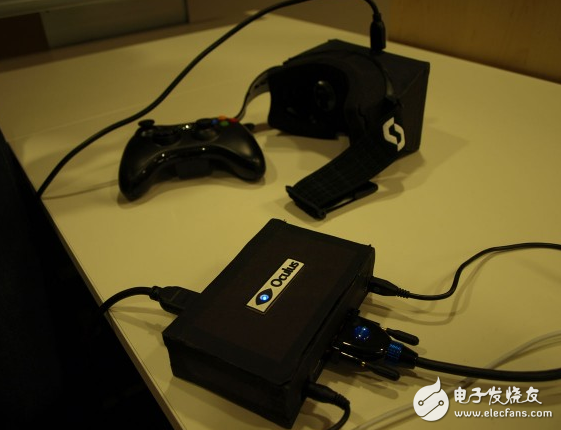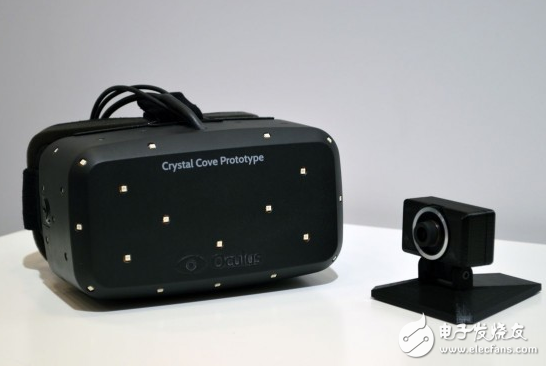Note: The annual Consumer Electronics Show (CES) has opened, and this year will be a crucial year for VR. With this opportunity, we may wish to review some of the VR-related highlights (and non-bright spots) that have emerged at CES over the past four years so that we can measure how far the industry is moving forward and what opportunities exist in the future. The annual CES conference is still the largest hardware exhibition in the world. Companies from all over the world showcase their latest (not necessarily the best) products on this platform, in order to capture the public wallet in the future. VR has gradually become the most popular technology at the show in recent years. And then we will review the significant VR activities in the past CES. In 2012, Oculus Rift successfully participated in the crowdfunding of Kickstarter. In 2013, it participated in the CES exhibition that year, which was their first exhibition. At the show, they unveiled the Rift prototype helmet before the DK1 pre-production. Most of the media invited to the closed-door communication meeting have a positive attitude towards this product. At the time we were lucky enough to get a crowdfunding Rift DK1. The demo in the crowdfunding machine was developed by our familiar UE3 (Unreal Engine 3), including the most popular and most famous Demo in the early days, the Rift Coaster (Rift Coaster). Of course, Rift has been reported by the media before, and the big reason is that at the 2012 E3 conference, John Carmack (later co-founder of Oculus) showed Oculus VR creator Palmer Luckey to him. The prototype, which was debugged and modified by Carmack. Only at CES 2013, Oculus VR officially appeared as a company in front of the public. Oculus Pre-DK1 prototype Then at the 2014 CES conference, Oculus was not the only company to showcase immersive technology at the conference. The emergence of Oculus has spurred a large number of startups to enter the VR space and want to replicate its success. The unique reflective CastAR system previously developed by Valve allows us to see the possibilities of future AR forms; Avegant showcases their peculiar but technically impressive VR multimedia player Glyph; PrioVR is on the entry level Motion tracking / input system. Oculus Rift Crystal Cove Prototype & Positioning Tracking Camera However, Oculus remains the protagonist of the CES VR exhibition area. It not only solves the biggest technical problems on the DK1, but also shows the latest generation of prototypes. The new generation of prototypes is called "Crystal Cove", which has a set of IR (infrared) LED lights and a tracking camera that will make a big difference in positioning tracking in the future. At the same time, the new generation of prototypes also introduces a low-growth screen (the afterglow effect is the phenomenon of persistence of vision. It means that when the human eye observes things, it takes a short time for the light signal to pass into the brain. After the light signal disappears, the visual image Did not disappear immediately). These set a technical baseline for the Rift helmet that was officially launched in 2016. In the months following CES 2014, Facebook acquired the company for $2 billion. Valve-regulated Sealed Lead Acid Battery Long Time Life Battery,Uninterruptible Power System,Thin Plate Technology Battery,Sealed Lead Acid Battery Wolong Electric Group Zhejiang Dengta Power Source Co.,Ltd , https://www.wldtbattery.com
